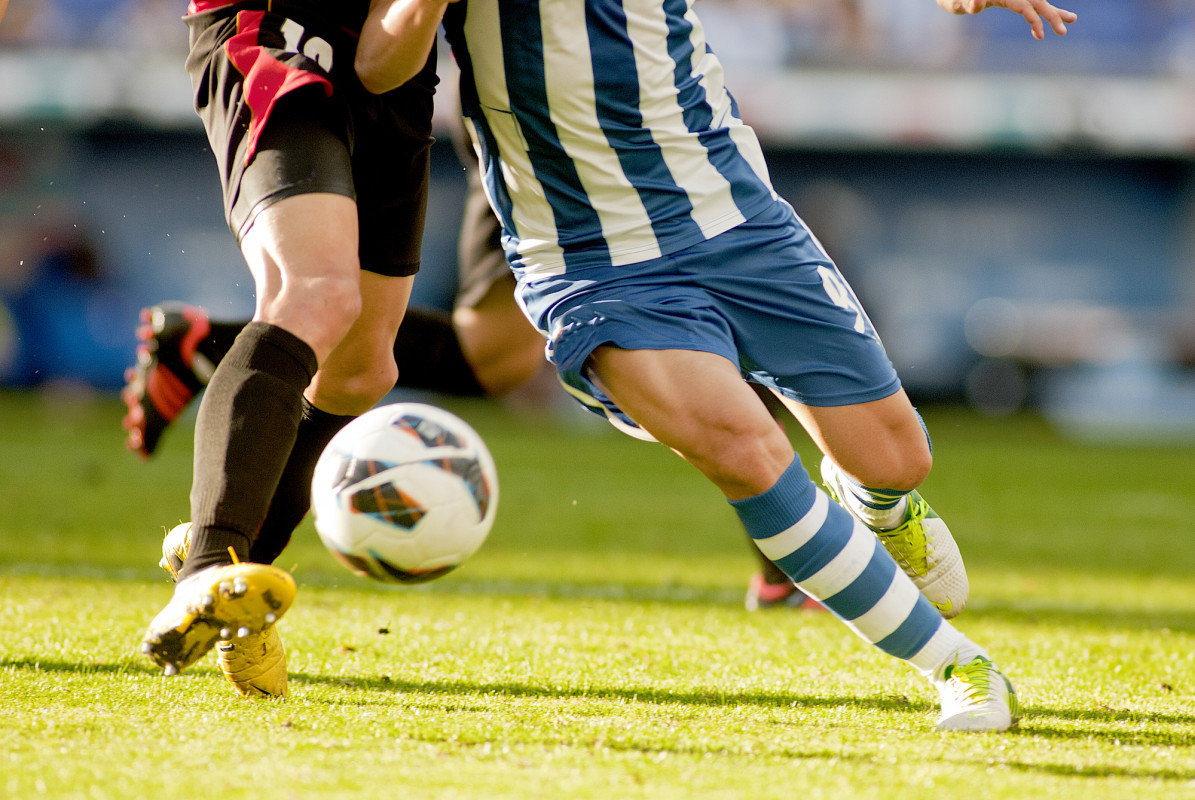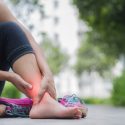
The COVID-19 pandemic has created huge repercussions across the world and changed our way of life drastically. We all have experienced varying degrees of restrictions which have the potential to affect both our physical and mental health. As we come out the other side, sport, recreational activities and community activities are increasingly important. But as health professionals, we cannot help but wonder whether this will have a significant impact on musculoskeletal injury rates.
Recent research suggests we may encounter issues returning to sport after a period of restrictions and/or shut down and these concerns are shared by researchers and health professionals worldwide. We have experienced this recently in our own clinics – with an influx of patients who have sustained season ending injuries on their return to sport.
Throughout the sporting world, professional bodies have already reported increases in injury rates following the lifting of COVID restrictions. For example, the German Premier League (Bundesliga) reported a tripling of injury rates since season restart! While many professional players have resorted to isolation training, there is simply no way to mimic contact/collision training in sports such as rugby, soccer and basketball whilst maintaining social distancing. There is simply no alternative to the real thing. At the moment, we do not have enough data to see the full extent of the effects of the shutdown period, nor is there much in the way of previous examples to go on .
However, after a 20-week lockout period in the NFL due to salary disputes in 2011, injury rates doubled – particularly Achille’s ruptures.
So, what is the take home message?
We therefore simply do not know the extent of its impact on injury rates in sporting populations – either professional or amateur. HOWEVER, there are actions we can take to minimise risk of injury as we return to sport and exercise.
- Before returning to play, first return to conditioning
Instead of pulling out the boots and going straight into your first game, make sure to plan out an exercise regime that you can start 4-6 weeks before. If you are not sure what to do, feel free to see one of our physios who can teach you how to implement your own program. - Steady progression in work load
Your body needs to adapt slowly to increased work loads after being off for so long. Make sure you increase your intensity and duration of exercise/sport gradually. Sudden increases are a sure way to develop overuse injuries. - Don’t let something small become something big
NBA player Kevin Durant was one of, if not the best basketball player in 2018 before he ruptured his Achilles and essentially ended his championship run. Durant already strained his calf 2 weeks prior and continued to play eventually resulting in a full rupture of the Achilles tendon. Do not be Durant! Get your small problems sorted out before it becomes something major.
Returning to sport and staying active is going to be more important than ever before as we head into a difficult time ahead. Make sure you keep yourself prepared physically and return to sport safely! Contact any of our clinics if you have any concerns of queries.
References:
- Myer GD, Faigenbaum AD, Cherny CE et al. Did the NFL Lockout expose the Achilles heel of competitive sports? J Orthop Sports PhysTher 2011; 41: 702–705
- Binney ZO, Hammond KE, Klein M et al. NFL injuries before and after the 2011 Collective Bargaining Agreement (CBA) arXiv:1805.01271v1 [stat.AP] 3 May; 2018
- Keith A. Stokes, Ben Jones, Mark Bennett, Graeme L. Close, Nicholas Gill, James H. Hull, Andreas M. Kasper, Simon P.T. Kemp, Stephen D. Mellalieu, Nicholas Peirce, Bob Stewart, Benjamin T. Wall, Stephen W. West, Matthew Cross. Returning to Play after Prolonged Training Restrictions in Professional Collision Sports. International Journal of Sports Medicine, 2020; DOI: 10.1055/a-1180-3692
- https://www.abc.net.au/news/2020-06-06/injuries-tipped-to-soar-australians-return-to-sport-coronavirus/12326616








